While researching condition-based monitoring for air filters for an upcoming article, I realized that mileage-based replacement intervals are quickly becoming a thing of the past. If you are not familiar with condition-based monitors, they look at the conditions a component or system is subjected to and recommend replacement by using a message or light on the dash. It first started with oil change intervals and oil life indexes. With air filters, the ECM can look at how much air the filter has processed as well as readings like manifold vacuum and fuel trims to estimate the life of the filter.
As part of my research, I looked at other maintenance items like belts, coolant and cabin air filters. In the past, most of these services and parts had mileage intervals connected to when they needed to be replaced. However, on some new vehicles, many maintenance recommendations are inspection items. Accessory drive belts are an example of an item that was once based on mileage but are now inspection items for most late-model vehicles.
Most maintenance schedules are based on the oil change interval for what items need to be inspected. If a shop only performs the oil change and neglects to inspect the vehicle, it could be another 7,000-10,000 miles before they are scheduled to be inspected again.
For independent shop owners, the message is straightforward: if you fail to inspect an item on the schedule, you could miss out on maintenance opportunities. Engine coolant is an example of a fluid that is now inspection-based. With advancements in coolant chemistry, the coolant can last more than 100,000 miles. Many OEMs want technicians to check the freezing point or pH every 20,000 miles.
In my opinion, not all mileage- or time-based intervals for some maintenance services will ever be eliminated. Items like spark plug replacement, transmission fluid and timing belts will still be tied to mileage or time intervals. However, if a technician doesn’t look up the maintenance schedule, it is worse than not inspecting items like tire wear and fluid levels.
During my research, I did run into some unexpected items that are tied to mileage and time. An example of this is tire sealant. With more vehicles deleting the spare tire, they will typically have a pump and container of sealant. According to some OEM service schedules, the sealant must be replaced every three or four years. Some OEMs are even recommending the replacement of the gas struts that hold up the hood or rear gate at specific intervals.
Part of me looks for the conspiracy behind the shift to inspection-based maintenance items. The only theory is that this is to reduce ownership costs. You may hear about the “cost of ownership” when many car manufacturers claim that their vehicles are inexpensive to operate in a commercial.
The cost of ownership ranking typically covers only the first five years of ownership. The cost of maintenance is calculated using the service schedule. If an automaker recommends replacing the air filter every 15,000 miles, it can increase the overall cost of ownership. If another automaker recommends only inspection of the air filter, it will not impact the cost of ownership. When it comes time to make a commercial, the vehicle that only has an inspection will probably have a lower cost of ownership rating. Consumers will probably be more likely to purchase a vehicle that theoretically has a lower cost to operate, but that is speculation on my part.

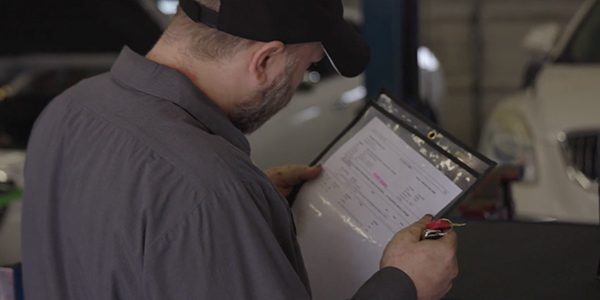
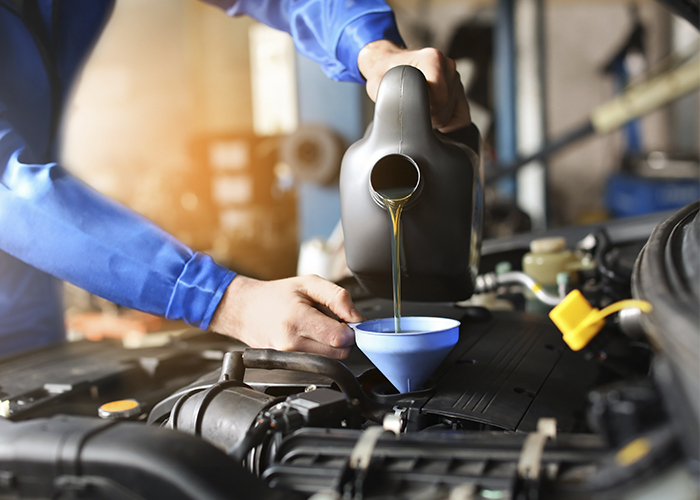
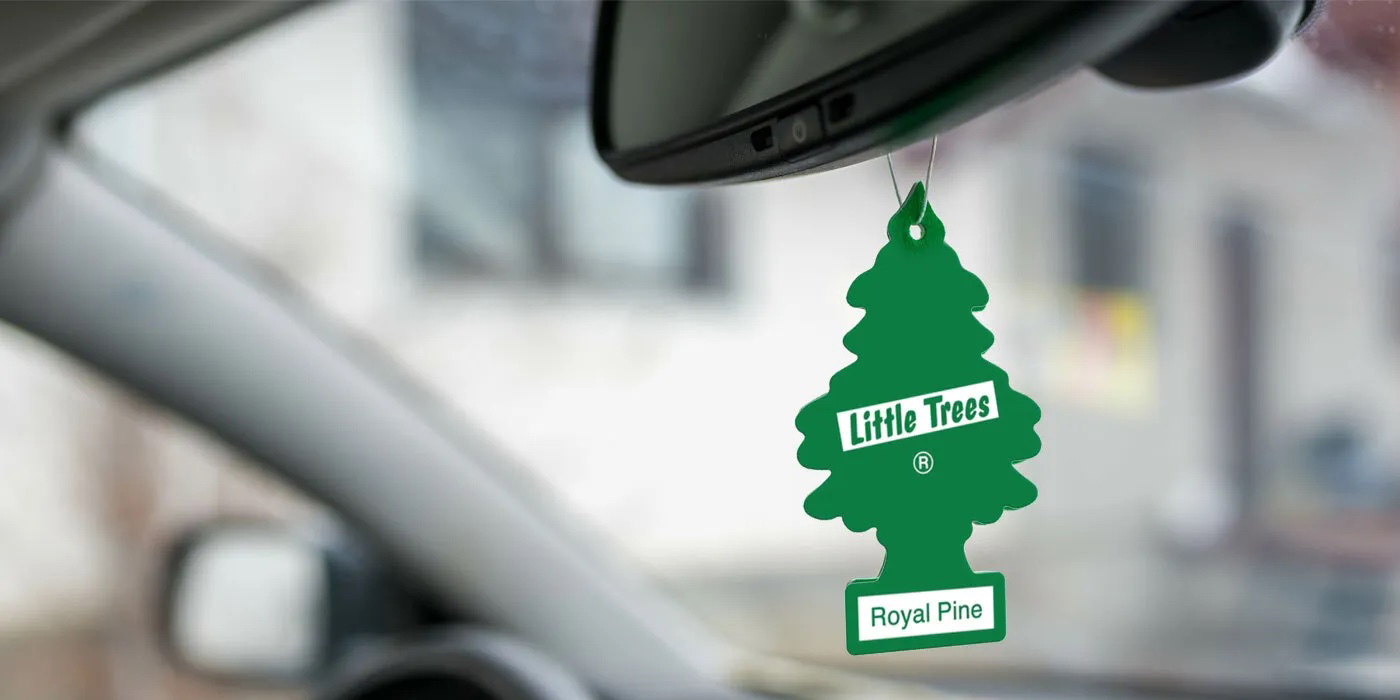

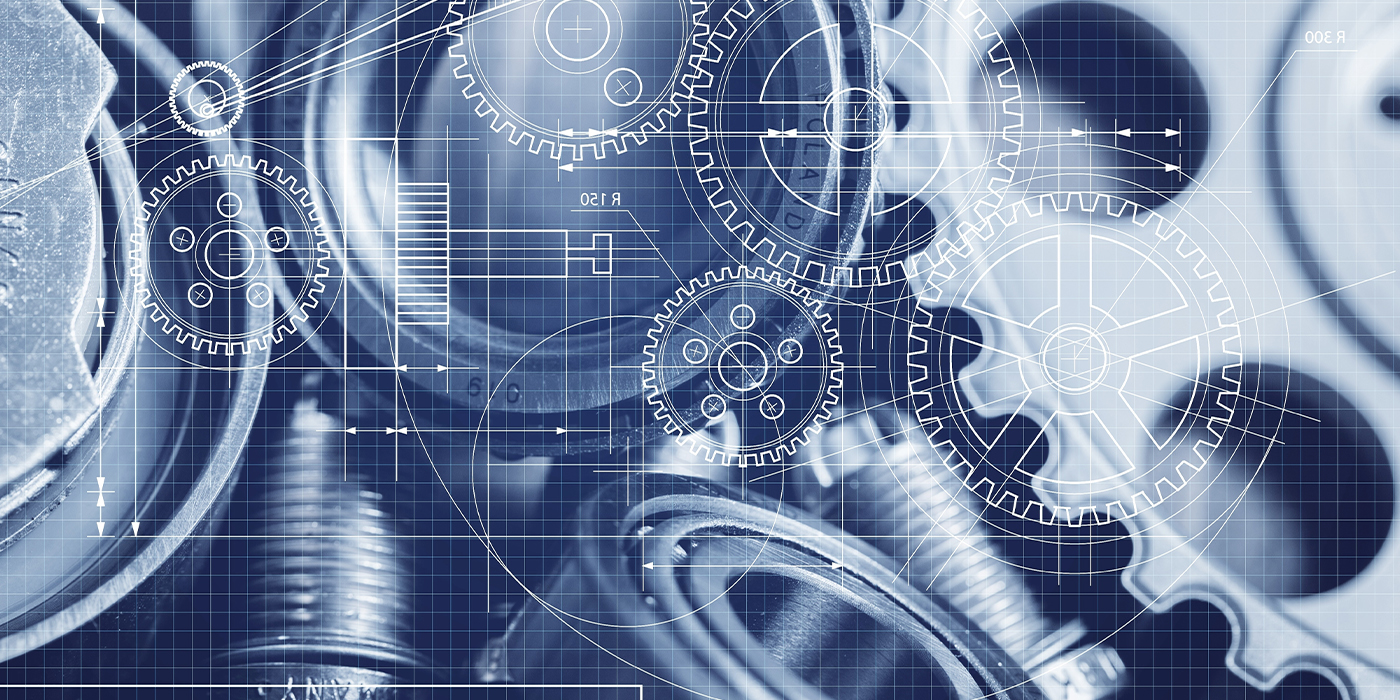

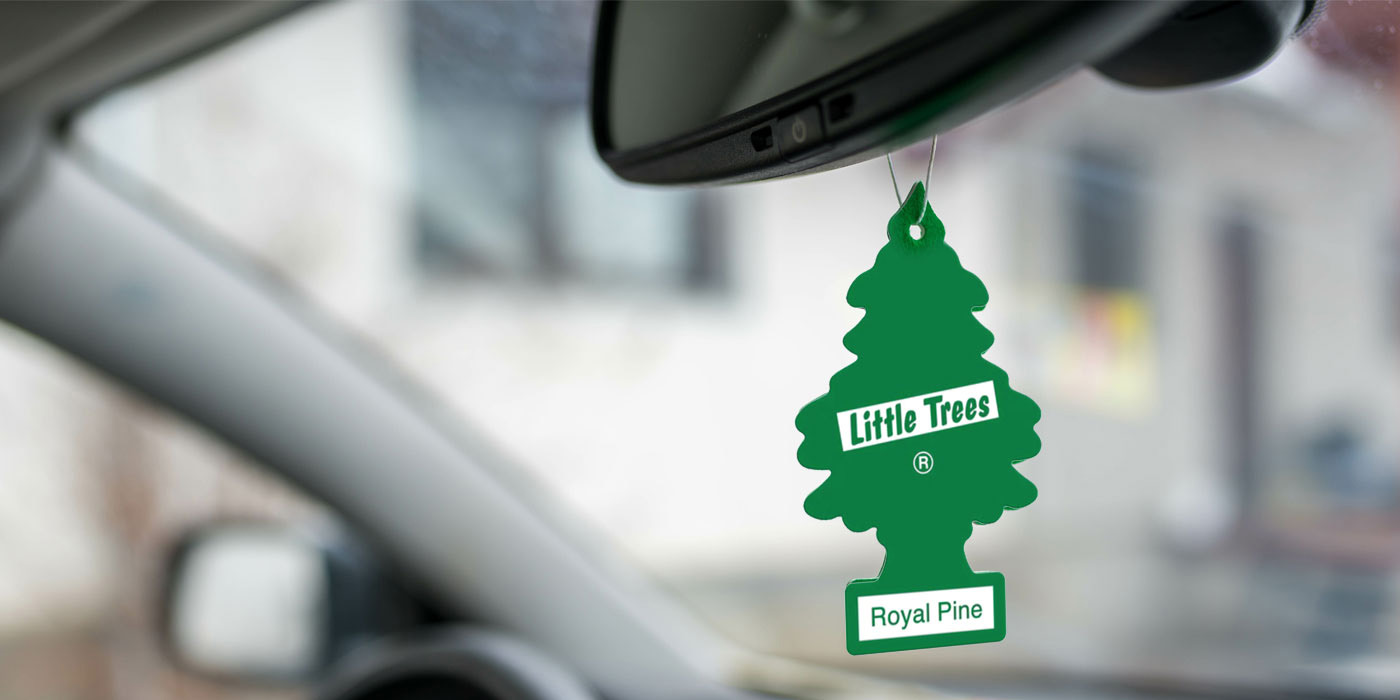
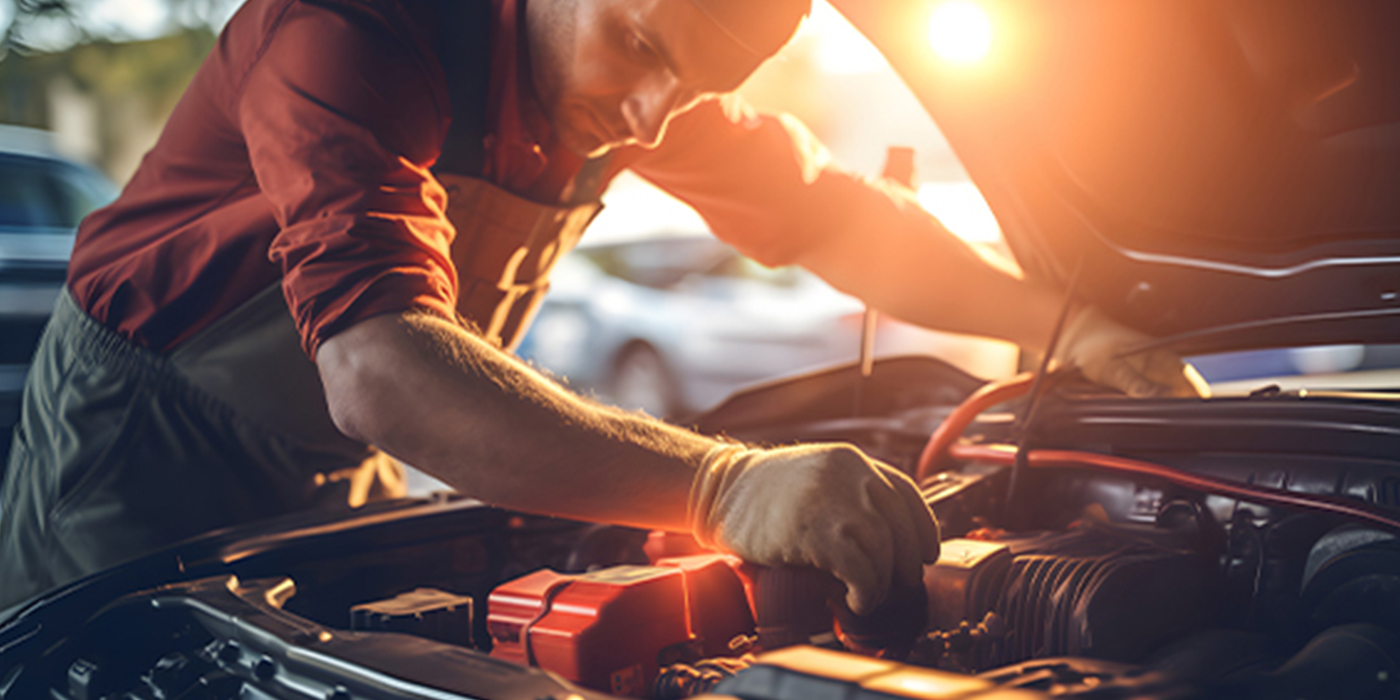
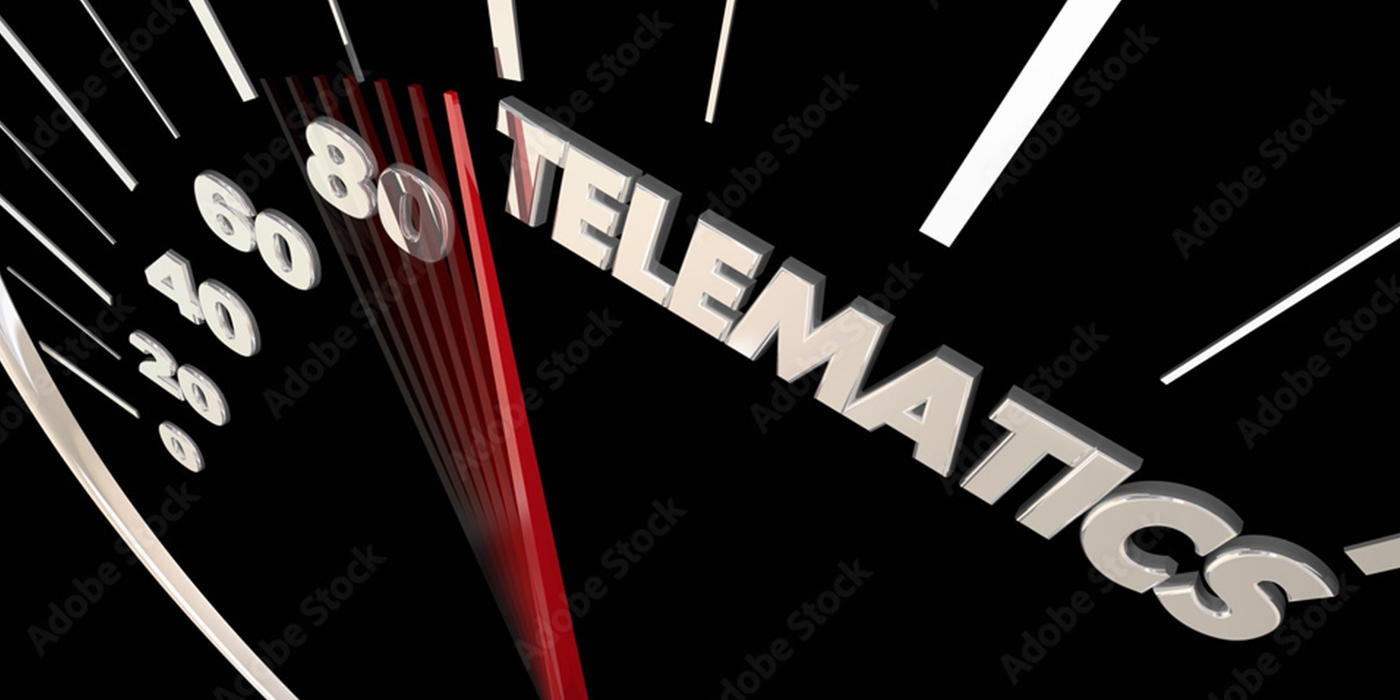

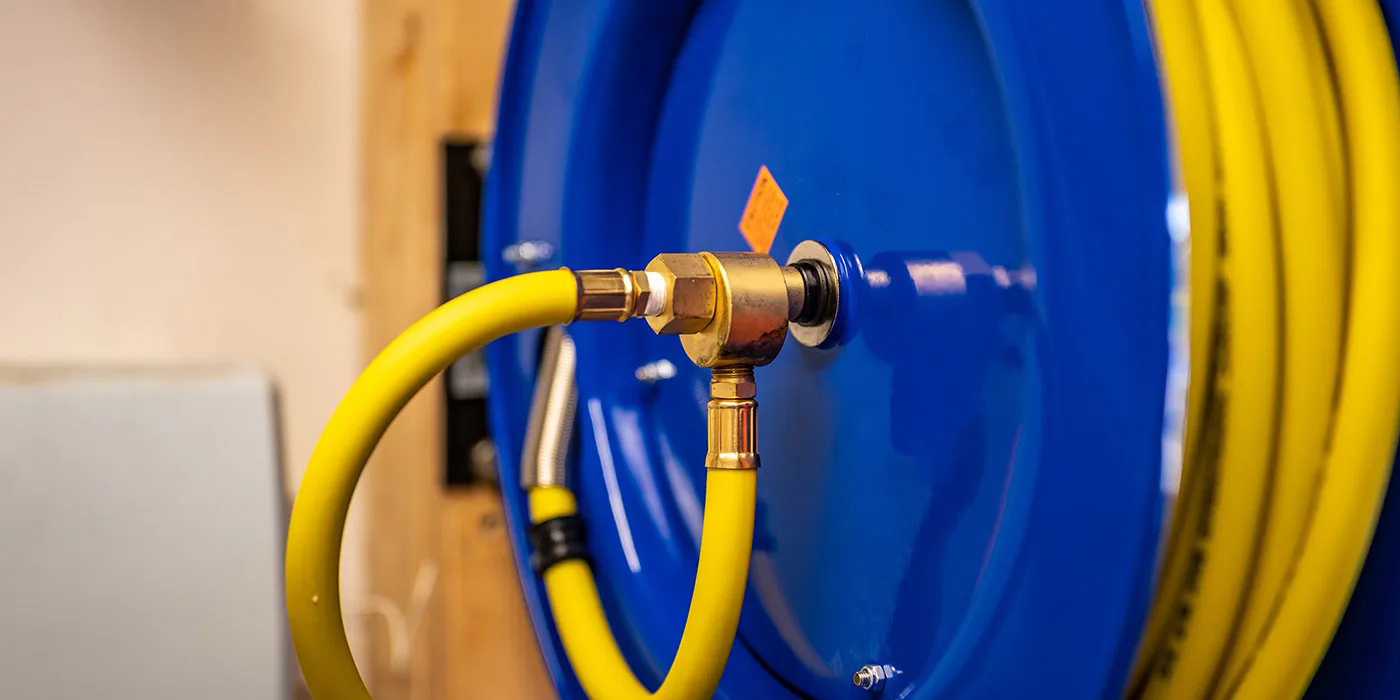
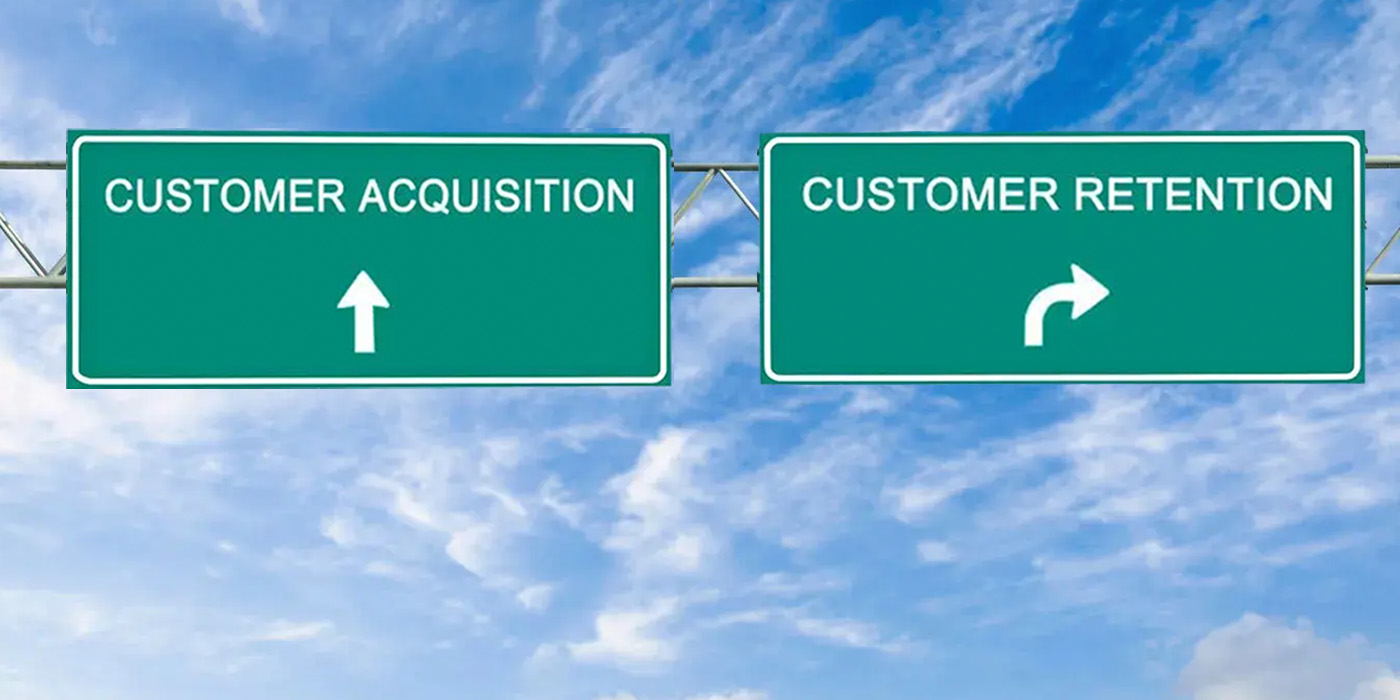


I once worked with a Romanian technician named Alex. He was a tiny guy who chain-smoked. His greatest fear was not a totalitarian dictator. It was fire and falling cars.
Back in those days, we used drop lights with incandescent bulbs. This was long before LEDs and rechargeable batteries. The bulbs would typically stop working when they were lightly jostled. If they were dropped, the glass bulb would shatter.